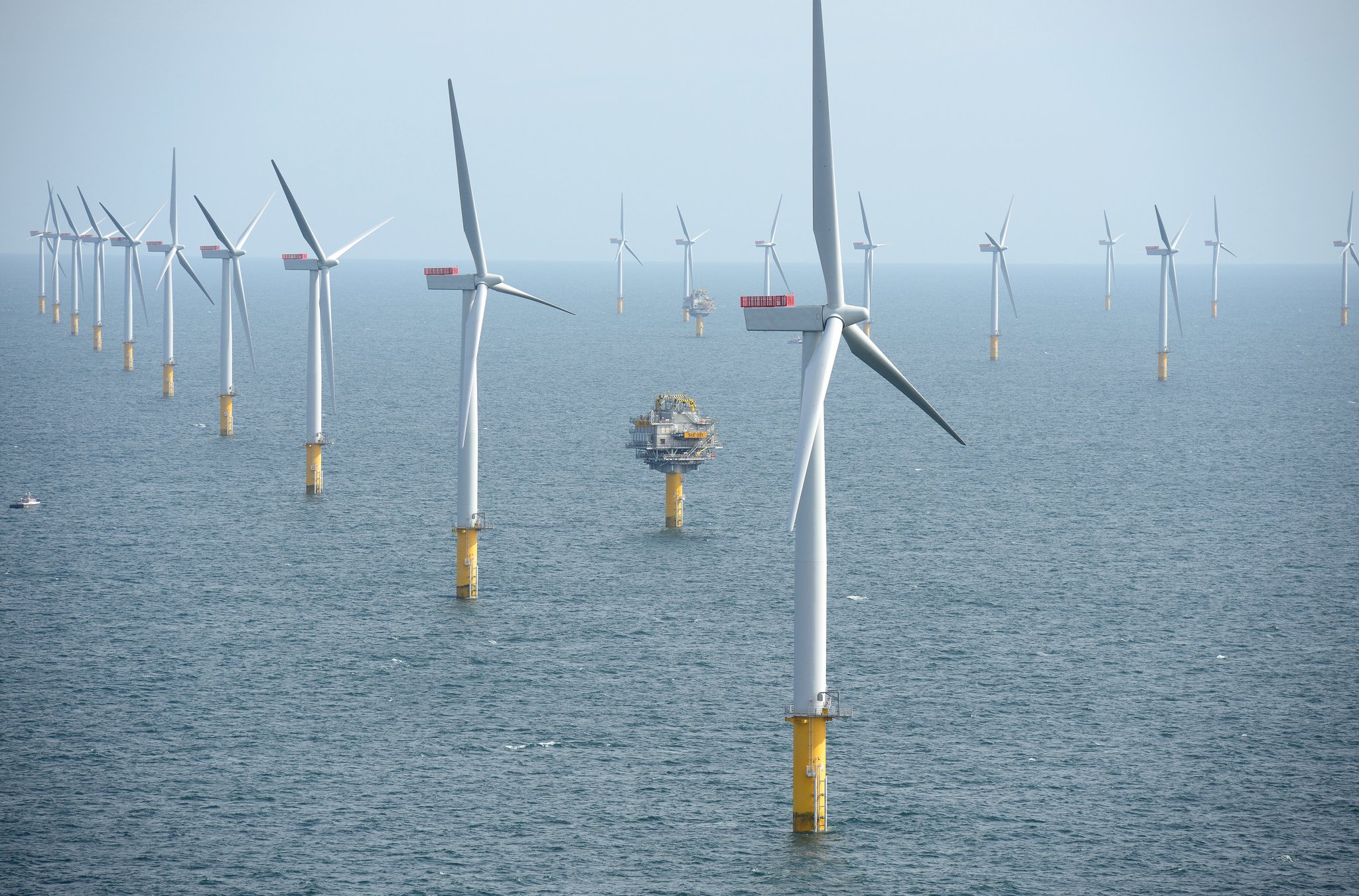Wind Power
The nation’s wind supply is abundant and inexhaustible. Over the past 10 years, cumulative wind power capacity in the United States increased an average of 30% per year, and wind now has the largest #renewable generation capacity of all renewables in the United States.
What are the Benefits?
Wind turbines convert the kinetic energy in the wind (the energy the wind has, due to its motion) into mechanical energy. Wind turns the blades of the turbine, and the blades turn a shaft inside the turbine. An electric generator inside the wind turbine then converts this mechanical energy into electrical energy. #Wind Energy Systems (Wind Turbines) contain electric generators that convert the power of the wind into clean, emissions-free power.

Why Use Wind Power?
While the turbines are in motion, the electricity produced will be consumed first, reducing or eliminating the need for electricity provided by your utility. When there’s no wind, you automatically draw power from the grid.
If the wind turbine produces more electricity than your business consumes at any given time, the excess electricity is fed back into the public utility grid.
Power provided from wind turbines generate credits which can be used for your annual electricity consumption. In addition to the net meter, a production meter records the total number of kilowatt hours produced by your wind system, allowing you to receive annual production incentive payments from your utility.
How Can An Organization Use It?
Wind is a great, sustainable form of generation that can be incorporated to cut electricity costs. Commercial grade wind-powered generating systems are available to meet the renewable energy needs of many organizations.
Single wind turbines generate electricity as a supplement to an organization’s existing electrical supply (when the wind blows, power generated by the system contributes to the offset need for utility-supplied electricity).
Small turbines may be suitable for businesses with as little as one acre of land, and some designs may even be suitable for roof-mounting in certain urban environments.
Benefits of Wind Power
A Stable and Low Cost of Power
Most experts believe that the price of electricity will continue to rise. When you generate your own power with a wind turbine, you take control of your electricity and guarantee a lower price for 20 years or more. By investing in wind power, you can safeguard your operational budget against the volatile and increasing costs of energy and free up money for other investments.
Tax Advantages
Between the federal Investment Tax Credit program and the ability to claim depreciation on wind turbines, an investment in wind power today translates to real value tomorrow.
Energy Independence
When you generate your own power, you are less dependent on the grid.
The “Greening” Of Business and Communities
Organizations that utilize wind power are highly valued by discerning consumers and community members. Your wind turbine will be a visible manifestation of your values and could put you at a competitive advantage in the eyes of consumers who want to support sustainable and environmentally friendly businesses.
Environmental Sustainability
Wind power is a clean and renewable source of energy and helping to fight climate change.
A New Source of Income
Wind turbines produce energy all year round and depending on your state’s laws, you may be able to sell excess power back to the grid.
Proven Technology
Wind power has been used for more than two thousand years. In the U.S., small wind turbines have been used to produce electricity since the 1930s, and many systems currently in use date from the 1980s.
More than 10,000 small wind turbine systems were installed in the U.S. in 2010 alone.
Durability
Wind energy systems typically last 25+ years, come with a 10-year warranty, and require only occasional maintenance.
Certification
The National Renewable Energy Laboratory, in conjunction with the Small Wind Certification Council, has begun to test and certify small wind turbines. The wind turbines are tested to meet standards in each of the following areas:
• Noise emissions, to determine sound levels at different wind speeds;
• Duration, to test wind turbine operation over long periods of time;
• Power performance, to determine power generation performance at different wind speeds;
• Power quality, to determine consistency of power output; and
• Safety and function testing, to make sure that turbines conform to design standards

